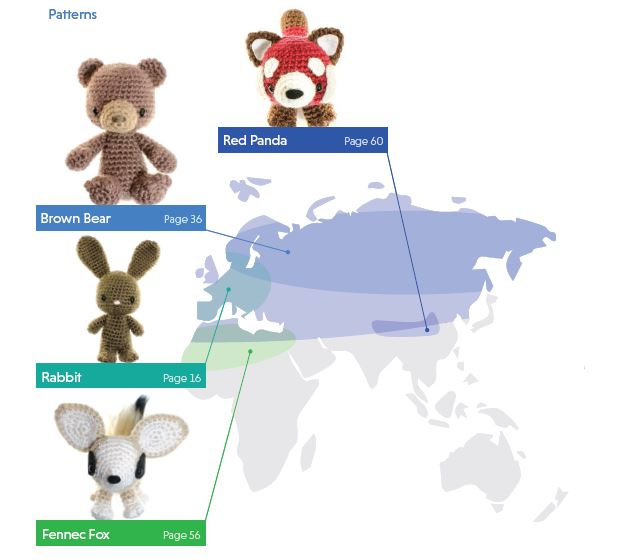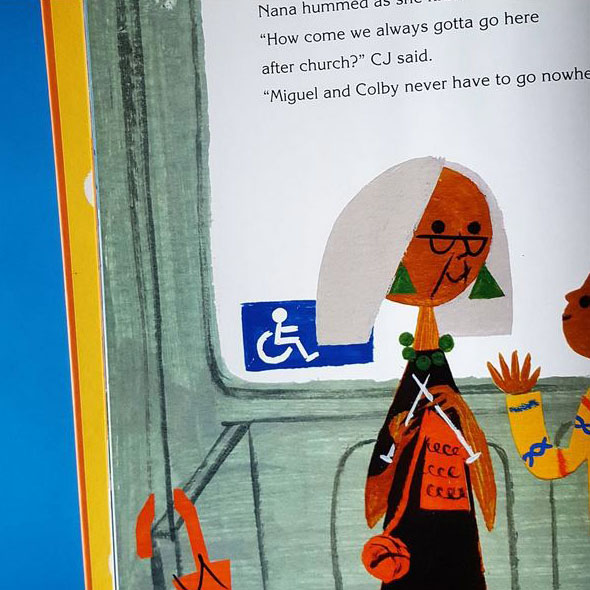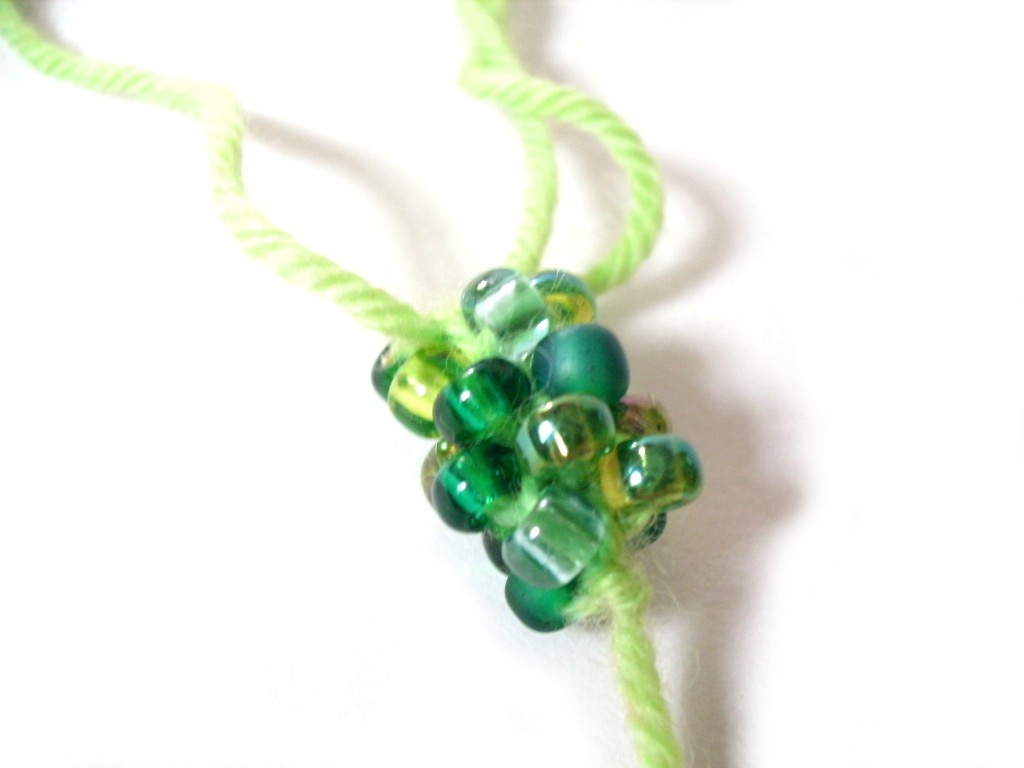I’m no stranger to keeping mementos out around the house. They’re pieces that serve as decorations, but also contain little memories… organized in my favorite manner: by color. There’s my ‘Poppop corner’, which contains my Grandfather’s magnifying glass, a cancelled check that he wrote and a lovely Wedgewood dish of change that fits the color scheme:

I have a collection of ‘clear glass & silver’: an old insulator cap, a weird thing-y from an old tv, a platypus spoon from Australia and some vases:

And of course, there’s some blues… a paperweight I got from a glass-blowing shop in Bermuda, a bell from Holland and some candlestick holders that were my Grandmother’s:

They’re things I look at every day: reminders of pleasant memories and conversation points when friends come to visit.
The Curiosity Cabinet
In contrast to my mementos out for all to see, Curiosity Cabinets (a tradition dating back to the 17th century) contained personal collections usually kept closed in a cupboard. These cabinets contained trinkets from exotic locales (like my Bermudan paperweight!) or perhaps an interesting sketch.
I didn’t know about curiosity cabinets until Hunter Hammersen’s delightful description of the concept in her book, The Knitter’s Curiosity Cabinet. Hunter has unlocked the secrets of these oft-mysterious collections and developed a series of knitting patterns based off of the botanical illustrations one could expect to find inside.

The book contains 10 botanical illustrations, each inspiring a sock and an accessory pattern. What transpires inside this book is part history lesson & part botany lesson, inside a book of knitting patterns teeming with Hunter’s passion for vintage botanical prints.
Interview with Hunter
Don’t you want to get to know the woman who’s clever mind created an entire book of knitting patterns… inspired from the vintage botanical illustrations found in curiosity cabinets? I do!
I love the idea of a Curiosity Cabinet! Tell us about a few items in yours.
I have such conflicting feelings on this one. A big part of me is almost alarmingly minimalist. I have a habit of going around my house and getting rid of stuff I don’t need whenever I’m in a bad mood. The vast majority of the house is more or less totally free of little bits of stuff. But, I also have magpie tendencies. I am forever picking up all sorts of wee treasures. I indulge this tendency to collect in my office. I’ve got one bookcase in particular that we refer to as the home for wayward knitting props. I have a whole array of old hat forms and old glove forms. They’re totally practical (by far the best way to block and display hats and cuffs), but I love them just as art objects. I’ve more or less convinced myself I have enough hat forms, but I’m still officially on the look out for more of the hands.
I can totally relate! If it’s a display item that has a function… then it’s okay, right?
This book contains a lot of sock patterns, so I have to know: what’s your favorite way to knit socks? Dpns? Two circs? Magic Loop?
DPNs all the way! I’ve tried both (Cat Bordhi herself snatched my DPNs away, put circulars in my hands, and supervised the process), but I just like the feel of DPNs better. The circulars always seem too small and flimsy. Besides, all those sharp points and flailing sticks look suitably impressive to non-knitters!
Wow! Dpns despite explicit instruction from a sock-goddess… you’re hard-core! What characteristics do you look for in a good sock yarn?
Tight twist! It makes all the difference. Also, I’m a big fan of nylon in sock yarn. It dramatically extends the life, and I don’t find that it compromises the look or the feel. If I’m making socks, I more or less insist on it (though I will occasionally hold a strand of woolly nylon along with the yarn for the sole of the foot if I’m overcome by the beauty of a slightly unsuitable yarn).

I also like what I tend to call fat sock yarns. Something with a bit more heft to it (I have big feet and I’m impatient…fat yarn helps the socks go faster). The secret to long lasting socks is making a tight fabric. That’s easier to do (for me at least) if I use a fatter yarn. Some of my favorites are Nichole by Schaefer, Casbah by Handmaiden, and Everlasting by Dream in Color (that one doesn’t have nylon, but it’s so yummy it’s worth it).
Describe a bit about the process of designing lace patterns inspired by botanical designs. Did you draw your own sketches? Or just get straight to knitting/charting?
It’s sort of a hard process to describe. It usually starts with doodling on the botanical print (well…on a photo copy of it…not on the print itself). That lets me see which parts of the print I want to play with. After that, there’s a long period of playing with graph paper (sometimes with the aid of a handy collection of stitch dictionaries) to try and capture those aspects of the print in stitches. The best of the graph paper doodles eventually get worked up in yarn.

That leaves me with some neat stitch patterns, but that’s only half the project. Then you have to figure out what to do with them…how to take the stitches and turn them into knitted objects. That means a bit of math and quite a bit of planning. Somewhere along the way it’s also important to pick out yarns and swatch the stitch with the actual yarn you plan to use for the piece itself (don’t ever ever ever skip this step).
The whole thing happens in sort of a non-linear fashion too. It’s not like you can plow through each print in turn from start to finish. There’s a fair bit of scattershot experimentation and switching from one project to the next with wild abandon. In the end it all gets done though!
Do you have any advice for knitters who might be new to charts? Tell us a bit about why you used charts (over written directions).
I am a huge proponent of charts. They just make so much more sense than written directions. I know they can seem a tiny bit intimidating the first time you see them, but I promise they’re worth getting used to. I really think learning to use charts is the trick to becoming a comfortable and confident knitter.
Remember, charts are stylized pictures of what your knitting will look like. So you can look at a chart and see…actually see…’oh hey, look, this line of decreases goes like so and it’s a mirror image of that line of decreases over there.’ That means you’re less likely to make mistakes in your knitting, because you know ahead of time what sort of shapes and lines you should be expecting. It also makes it easy to get into that lovely zen state where you’ve really understood the stitch pattern and you can just sit back and knit, rather than struggling to read a list of abbreviations. You totally owe it to yourself to try them, you’ll be glad you did!
Tell me a bit about your workspace!
Alrighty…for you, I’ll vacuum and dust! My office is a long, narrow room, painted a lovely rich red, and filled to the brim with books and yarn. The red part means it’s awfully hard to take a decent picture, but maybe this will do. What you see there is the view from my desk (if you, you know, stand up and peer over the computer monitor).

I wasn’t kidding about the books part…there are a few more bookcases behind the desk that didn’t quite fit into the picture. Acquiring books is something of a family curse. Not one of us can leave a bookstore unscathed.

Given these tendencies, I think the card catalog makes perfect sense. It’s one of my favorite things in the whole house. It holds my sock yarn. Well…most of my sock yarn. It’s actually quite well suited to the job. Each drawer holds 2 big skeins. I may just possibly have been known to organize it in rainbow order when I had the flu and needed to pet yarn but was too sick to do anything more useful. The closet holds the rest of the stash (it is not nearly so tidy) and other crafting supplies like my poor neglected sewing machine.
Then, of course, there is the all important comfy chair. If I’m in the graph paper stage of working on new patterns, that’s where you’ll find me, (colored pencils in hand and cup of tea by my side). It’s where I do a fair bit of my swatching too, hence the crock of various needles at the ready. Barry the Wonder Cat has graciously offered to keep my seat warm for me while I’m not there.
What’s currently on your knitting needles?
Will you think I’m terribly boring if I confess that I’ve only got one lone pair of socks going at the moment? And that they’ve been waiting for the toe (of the second sock) for the better part of a week now? Shameful I know. In my defense, I did just finish up a project for the next book! It’s a lovely smooshy purple thing, that must (alas) remain secret for a bit longer yet. I’m starting to feel a hat-knitting urge though. I’ve got some yarn on hand that is destined to become a hat for my husband, and it’s been whispering to me for the last few days.
That’s not boring at all!
Thanks so much for coming over and having a chat, Hunter!
Find Hunter and the book!
Get the book here!












































